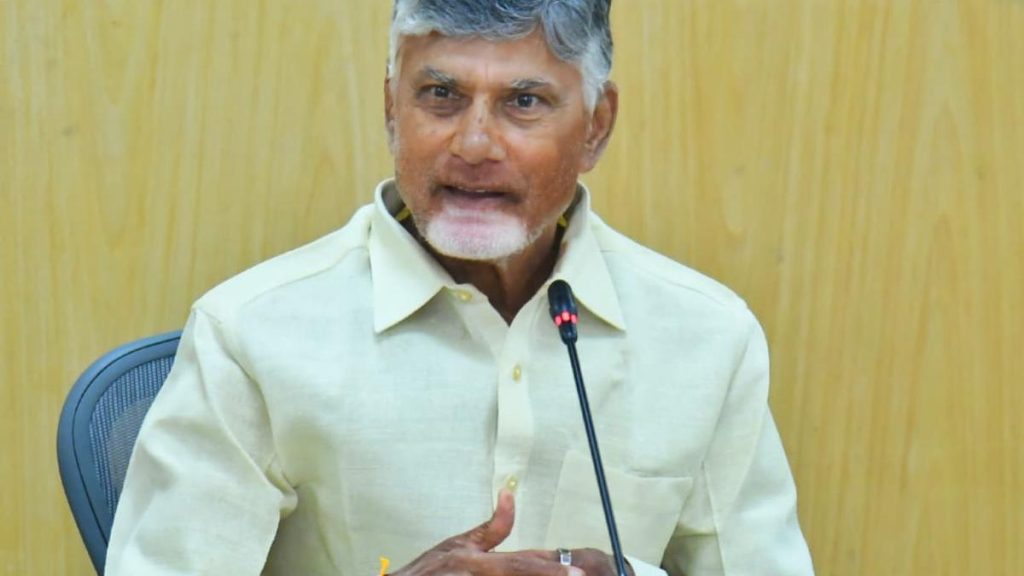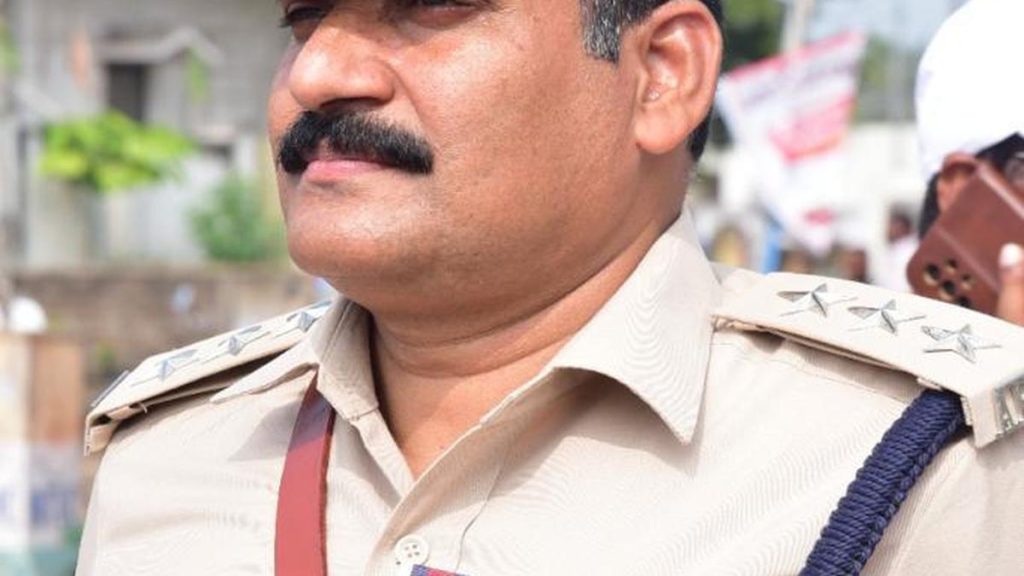Now Reading: INA Trials: Revisiting a Defining Chapter in India’s Unity and Identity
-
01
INA Trials: Revisiting a Defining Chapter in India’s Unity and Identity
INA Trials: Revisiting a Defining Chapter in India’s Unity and Identity
Rapid Summary
- Justice Sir Achhru Ram Sehgal, a Lahore High Court judge, faced a moral dilemma as his son, Captain Prem Sehgal of the INA, stood accused of treason. He attempted to resign but was advised to take leave by Chief Justice Arthur Trevor Harries.
- A Congress-formed defense committee (including Tej Bahadur Sapru and Jawaharlal Nehru) supported the INA officers-Sehgal, Dhillon, and Shahnawaz-on trial at the Red Fort. Bhulabhai Desai led the defence despite severe health challenges.
- Desai argued that the INA was not a rebel group but an army of Provisional India’s government recognized by nine nations under international law. This narrative resonated widely in India.
- Massive public support for the trials united Indians across communal lines under slogans like “Lal Qile se uthi aawaz: Sehgal, Dhillon, Shahnawaz.” The movement became symbolic of national unity against colonial rule.
- Though Sehgal and others were sentenced to life transportation for treason in late 1945, fierce political sentiment forced their release in early 1946 following Field Marshal Auchinleck’s recommendation for amnesty due to growing unrest over these trials.
- The INA trials are remembered as a pivotal moment symbolizing India’s unity before Partition-related violence divided the nation.
Indian Opinion Analysis
The INA trials showcased one of modern India’s most defining moments where legal acumen met patriotic fervor on an unprecedented scale. Bhulabhai Desai’s impassioned defense legitimized revolt within international frameworks while bridging ideological divides among Indians who rallied behind soldiers fighting for independence. It served as a reminder of how diverse sections-including Hindus, Muslims, Sikhs-and leadership from both Congress and Muslim League could unite over shared principles.
The lasting impact lies not only in legal history but also in showcasing colonial narratives unraveling under coordinated resistance from both courtroom arguments and grassroots solidarity expressed outside institutions like courthouses and barracks.
However grand such rare unity seems today-in stark contrast to contemporary challenges surrounding political discord-it reaffirms what is possible when justice aligns with deep societal aspirations. The echoes remain relevant every Independence Day as aspirational models that transcend narrow partisanship or division’s pull toward destruction post-conflict era cycles had entailed already proving elsewhere once breached inclusive sense-building tapestry reformulating anew future resets nation-level composure!
Read more about this historical event here: Source Link

























